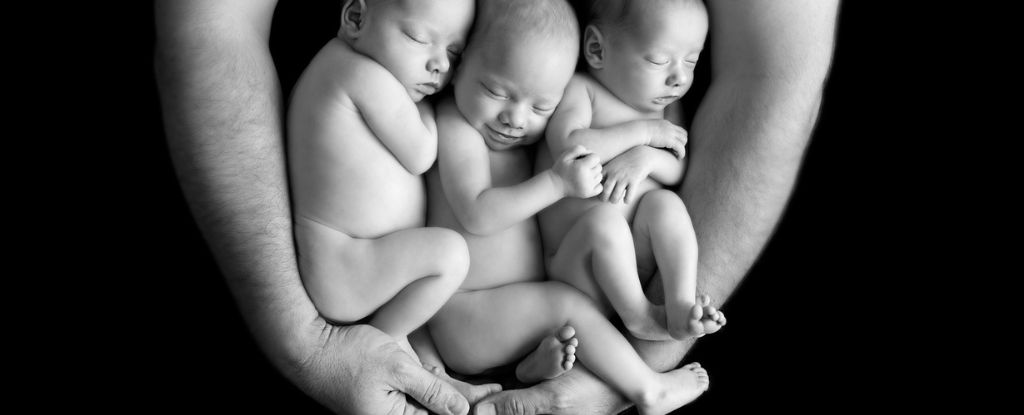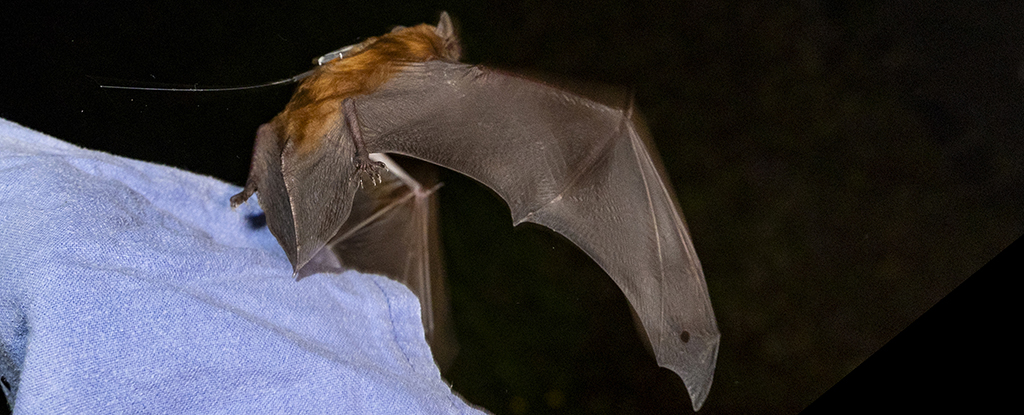The rise and fall of triplet births in the US is a dangerous rollercoaster that, thankfully, appears to be stabilizing.
In the 1980s, the number of triplets born in the country suddenly exploded, escalating fivefold in just two decades.
From that peak, however, the rate of multiple births from a single pregnancy has taken a dramatic plunge.
According to a new report from the Centers for Disease Control and Prevention (CDC), the number of triplet and higher-order births plummeted between 1998 and 2023 by nearly 65 percent.
At the same time, quadruplet and higher-order births declined by 80 percent.
Unlike America’s general birth rate, which is on a precipitous 30-year drop, this coinciding plunge in multiple births is considered a positive turn of events.
It’s a response to rapid advancements in fertility treatments, and the increasing age at which people are choosing to have children.
The very first ‘test tube’ baby was born in 1978 through in vitro fertilization (IVF), and in the 80s and 90s, when success rates were low, it was routine practice in many nations to transfer several fertilized eggs to increase the odds of pregnancy.
So began a dramatic increase in the rate of multiple pregnancies, which come with greater risks of death and illness for both the mother and the offspring, including preeclampsia, gestational diabetes, postpartum hemorrhage, and low birthweight. Triplets are almost certain to be born preterm.
In 1997, a study found the risk of having a triplet from the transfer of three embryos during IVF was about 7.5 percent, which the authors, at the time, deemed “unacceptably high“.
Transferring only one or two embryos prevents such adverse outcomes, which is why, in the early 2000s, the American Society for Reproductive Medicine (ASRM) recommended no more than two embryos be transferred in patients under the age of 35. Their goal was to eliminate quadruplets and limit triplets to under 2 percent of IVF cases.
There is no national law in the US to cap the number of embryos that can be transferred in a single IVF cycle, but assisted reproductive technology (ART) is one of the most highly regulated of all medical practices in the nation, and most providers seem to be following federal guidelines and state rules.
Data from the UK estimates the average IVF pregnancy rate using frozen embryos has gone from 7 percent in the 1990s to 36 percent in 2021, which has impacted the risk-benefit equation for multiple transfers.
Between 1998 and 2011, studies show there was a 70 percent reduction in the transfer of three or more embryos during IVF in the US.
From 2009 onwards, the new CDC report reveals, there was a 52 percent decline in multiple births of triplets or more in the US. Among White women, who have the greatest access to IVF in the US, the rate of triplet or higher-order births declined by 62 percent during this same time period.
“If you look at the CDC’s numbers, you can sort of see these declines follow every year or two after these guidance updates have happened,” Micah Hill, president of the Society for Assisted Reproductive Technology, told CNN.
“These guidelines have evolved as the technology has evolved,” adds Hill, who was not involved in the CDC report. “I think it’s been successful in making fertility treatments safer, which is really what we care about when we’re talking about reducing these higher-order multiples.”
As of 2020, more than 80 percent of embryo transfers in the US involve just one embryo.
To improve that number even more, researchers at ASRM have advised expanding insurance coverage in the US to fertility issues.
If someone cannot afford multiple IVF procedures, patients and providers may face greater temptation to transfer multiple embryos to improve their chances of pregnancy, even if that increases the associated risks.
The CDC report can be read here.





